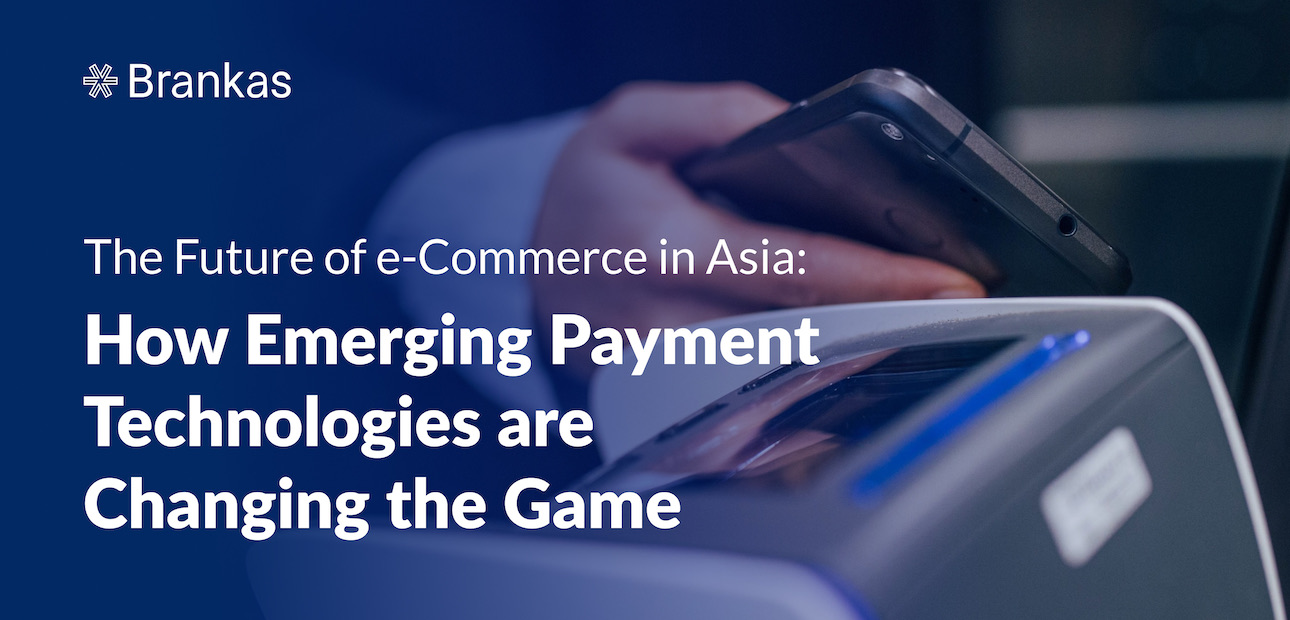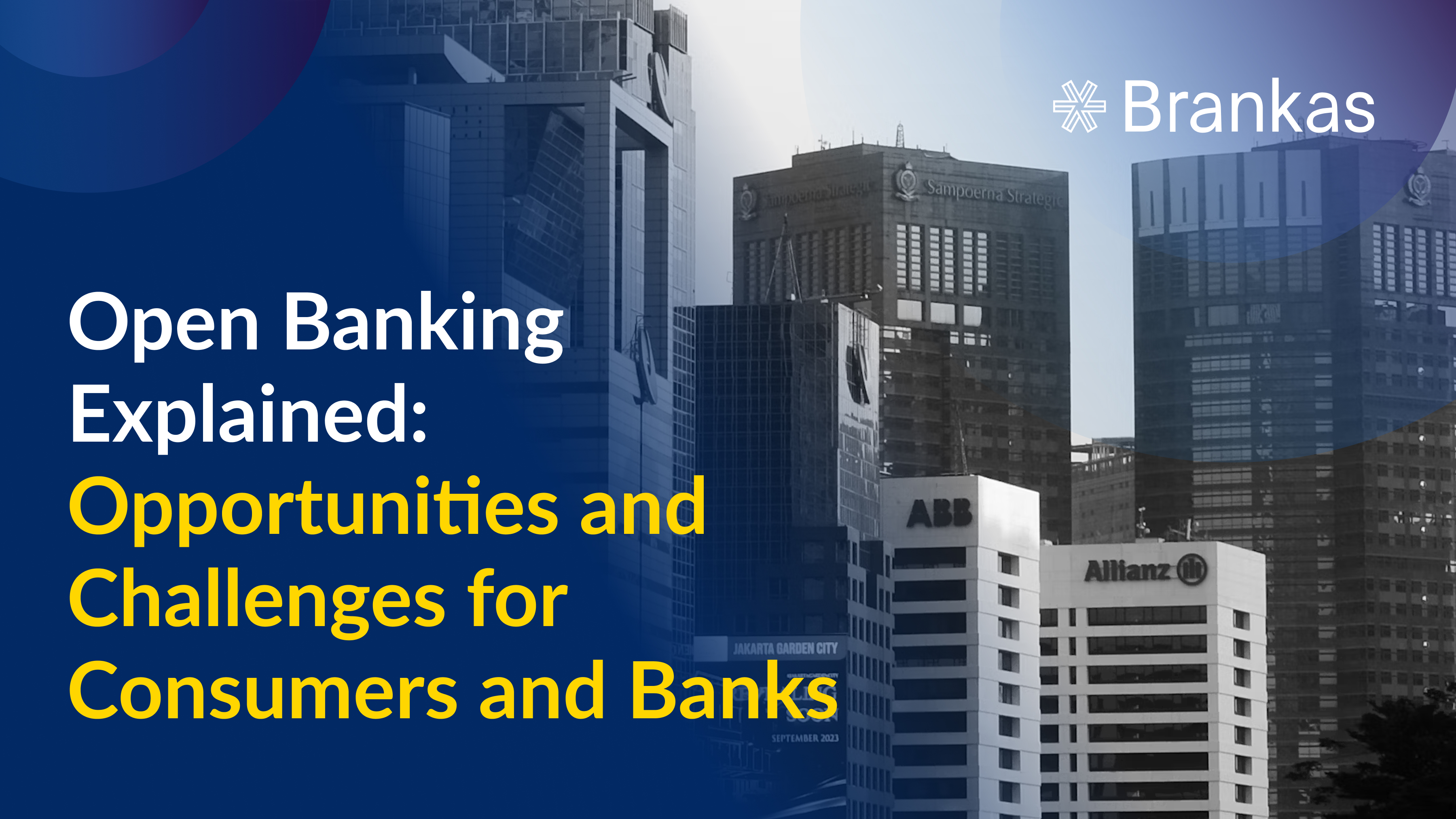Open Banking Explained: Opportunities and Challenges for Consumers and Banks
Open banking is revolutionizing the financial industry by enabling secure data sharing between banks and third-party providers. Rooted in regulatory frameworks like Europe’s PSD2 (Revised Payment Services Directive), it aims to enhance transparency and innovation. For consumers and banks, understanding open banking is crucial as it reshapes financial services and customer experiences.
What is Open Banking?
Open banking is a system where banks allow third-party providers to access customers' financial data. This access is granted through secure APIs (Application Programming Interfaces), which ensure data is shared safely. The goal is to provide better financial services by fostering competition and innovation.
There are two key components:
1. Customer consent and data security
Customers must explicitly consent to share their financial data. This ensures they have control over who accesses their information. Robust security measures are in place to protect data from breaches and misuse.
2. Regulatory frameworks and standards
Open banking operates under strict regulations to protect consumers. In Europe, PSD2 mandates banks to open their payment services to third parties. Similar regulations are being adopted worldwide to promote secure data sharing.
Open banking is in its early stages in Southeast Asia and the Middle East. Regulators are adopting a “market-driven” approach, allowing banks to lead the implementation. Some countries, like Singapore, have introduced “soft guidelines” for banks to follow.
How Open Banking Works
Open banking operates through APIs. APIs are secure digital connections between banks and third-party providers to facilitate the seamless and safe exchange of financial data. Strict protocols govern how data is shared and accessed. These protocols ensure that only authorized parties can access the data and that all transactions are encrypted and secure.
Consumers often use apps and websites without realizing they are participating in open banking. For instance, MPT Mobility in the Philippines partnered with Brankas to allow BDO and Union Bank account holders to reload their RFID accounts directly through the MPT Mobility app. In the UK, Tully acts as a digital debt adviser, while Alipay in China enables payments through QR codes. These examples illustrate the diverse possibilities enabled by open banking.
Open Banking Opportunities
Open banking offers consumers enhanced financial services tailored to their needs. By granting third-party providers access to their financial data, consumers can benefit from personalized financial advice, budgeting tools, and real-time spending insights. This increased transparency empowers consumers to make informed financial decisions and manage their money more effectively. With open banking, financial service providers compete to offer more innovative products, better rates, and improved customer experiences.
For banks, open banking opens numerous opportunities to innovate and grow. Collaborations with fintech companies empower banks to develop new revenue streams and offer advanced services that meet the changing demands of tech-savvy customers. Open banking allows banks to enhance customer engagement by providing personalized experiences and integrating seamlessly with various financial management tools.
Leveraging APIs and data analytics can streamline operations, reduce costs, and improve efficiency. Embracing open banking helps banks stay competitive, drive innovation, and build stronger, more dynamic customer relationships.
Real-life examples:
· People with inaccurate credit histories can apply for loans from Plend that have reasonable repayment rates. Open banking enables Plend to build a credit analysis using alternative data sources.
· MyKAI allows users to engage with all their bank accounts and set up financial management through voice, chatbots, and AI.
· Santander UK implemented FullCircl and reduced their customer onboarding process from 14-21 days to 5 days. They carried out compliance checks and streamlined the client experience using third-party data.
· Belgium-based KBC teamed up with fintech software startup Personetics. Personetics' product Engage was incorporated into KBC’s mobile channels and provides KBC clients with automated money management, financial advice, and personalized data and insights.
· Dutch bank ABN Amro collaborated with Subaio to leverage customer data on loans that their clients may have. ABN Amro makes them a more superior, tailored offer, particularly if the loan originates from a rival lender.
Open Banking Challenges
One of the primary challenges for consumers in open banking is data privacy and security. Open banking aims to provide enhanced services but involves sharing sensitive financial information with multiple third-party providers. This raises concerns about potential data breaches and the misuse of personal information. Consumers must be vigilant about who they grant access to and ensure they understand how their data will be used and protected.
Trust and reliability issues can arise, as consumers may depend on third-party services whose accuracy and security measures are unknown. Ensuring informed consent and maintaining confidence in these new services are crucial for consumer acceptance and adoption of open banking.
For banks, one of the significant challenges of open banking is regulatory compliance. Banks must navigate complex and evolving regulations to ensure they meet legal standards for data sharing and consumer protection. This can be particularly challenging in a global context where different countries have varying requirements.
Another challenge is technological integration. Many banks operate on legacy systems that may need help to support the new API infrastructure required for open banking. Upgrading these systems to ensure interoperability and standardization can be costly and time-consuming.
Banks face increased competitive pressure from agile fintech startups that can quickly adapt to market changes and offer innovative services. Balancing the need for innovation with maintaining traditional banking practices and ensuring security poses a continuous challenge for banks in the open banking landscape.
The Growth and Hurdles of Open Banking Worldwide
The UK is one of the early adopters of open banking. 90% of its banks have adopted PSD2 and offer open banking services to their customers (FinTech Magazine). Some Asian countries followed suit. Singapore’s Monetary Authority of Singapore launched the Finance-as-a-service API PlayBook. Regulators in Thailand, Malaysia, Indonesia, Vietnam, and the Philippines have established open banking frameworks. The global market for open banking is forecasted to grow to $164.8 billion by 2032 (Spherical Insights and Consulting).
Banking Industry Architecture Network executive director Hans Tesselaar believes open banking has not reached its full potential globally. Although many countries worldwide have initiated open banking efforts, 75% of financial institutions are not yet ready (Digital Banking Experience report). The biggest issue for many banks is their reliance on legacy mainframes and hardware. With technology developing at breakneck speed, entities must integrate IT into their business strategies.
Wrapping Up
The potential for open banking to reshape the financial arena is immense. By breaking down traditional barriers and silos, open banking facilitates the seamless integration of financial services, enabling more personalized and efficient solutions for consumers. This transformation extends beyond banking institutions to encompass the broader ecosystem of fintech startups, technology providers, and regulatory bodies.
As open banking continues to evolve and gain traction globally, it has the power to reshape business models, drive innovation, and ultimately create a more inclusive and accessible financial system. Selecting the optimal technology is essential. Achieve open banking compliance with Brankas’ SaaS platform and launch your APIs within 12 weeks.


